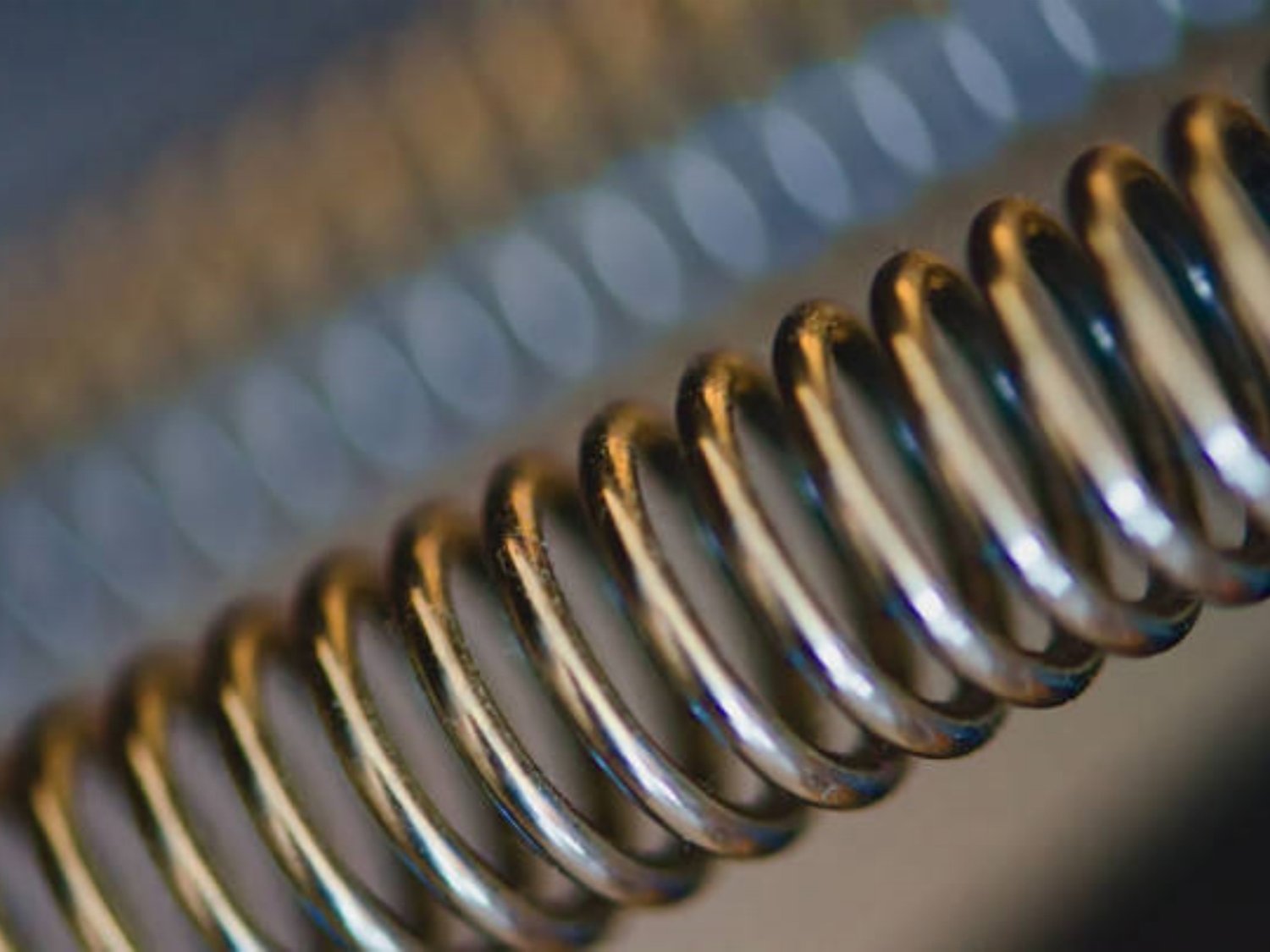Introduction to automobile springs
When it comes to the smooth functioning of a vehicle, one component that plays a crucial role is the automobile springs. These springs are responsible for absorbing shocks and vibrations, ensuring a comfortable and stable ride for the passengers. In this article, we will explore the different types of automobile springs, their functions, and why they are an important part of any vehicle.
The Function of Automobile Springs
Automobile springs are designed to provide support and suspension to the vehicle. They help in maintaining the proper ride height, keeping the vehicle stable, and absorbing the impact from bumps and uneven surfaces. By doing so, automobile springs contribute to a comfortable and safe ride for both the driver and the passengers.
The Different Types of Automobile Springs
There are several types of automobile springs used in vehicles today. Let's take a closer look at each of them:
1. Coil Springs
Coil springs are the most common type of springs used in automobiles. They are made of high-strength steel and are coiled in a helical shape. Coil springs provide excellent shock absorption and offer a smooth ride even on rough terrains.
2. Leaf Springs
Leaf springs are long, flat strips of steel that are arranged in multiple layers. They are commonly used in trucks and heavy-duty vehicles. Leaf springs are known for their durability and ability to carry heavy loads. They provide excellent stability and are often used in the rear suspension of vehicles.
3. Torsion Springs
Torsion springs work on the principle of twisting or torsion. They are commonly used in the suspension systems of vehicles with independent rear suspension. Torsion springs offer a smooth and controlled ride by twisting and untwisting as the vehicle moves.
4. Air Springs
Air springs, also known as airbags, use compressed air to provide suspension support. They are commonly found in luxury vehicles and heavy-duty trucks. Air springs offer adjustable suspension and can be controlled electronically to provide a comfortable ride.
The Importance of Properly Maintained Springs
Proper maintenance of automobile springs is essential for the overall performance and safety of the vehicle. Here are a few reasons why maintaining springs is crucial:
1. Safety
Well-maintained springs ensure that the vehicle remains stable and balanced, reducing the risk of accidents. Springs that are worn out or damaged can negatively affect the handling and control of the vehicle, making it unsafe to drive.
2. Comfort
Good quality springs provide a comfortable ride by absorbing shocks and vibrations. Worn-out or damaged springs can lead to a bumpy and uncomfortable ride, affecting the overall driving experience.
3. Longevity of Other Suspension Components
By maintaining the springs, you can extend the lifespan of other suspension components such as shock absorbers and struts. If the springs are not functioning properly, these components have to work harder, leading to premature wear and tear.
Tips for Maintaining and Replacing Springs
To ensure the longevity and performance of your automobile springs, follow these maintenance tips:
1. Regular Inspection
Regularly inspect the springs for signs of wear, damage, or sagging. Look for any cracks, rust, or deformation in the springs. If you notice any issues, it's best to get them replaced or repaired by a professional.
2. Avoid Overloading
Avoid overloading your vehicle beyond its weight capacity. Excessive weight can put extra strain on the springs, leading to premature failure.
3. Drive with Care
Drive carefully and avoid rough terrains whenever possible. Aggressive driving and constant exposure to uneven surfaces can cause additional stress on the springs.
4. Replace in Pairs
If one spring needs replacement, it is recommended to replace both springs on the same axle. This ensures balanced suspension and prevents uneven wear on the new spring.

